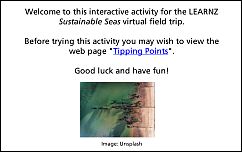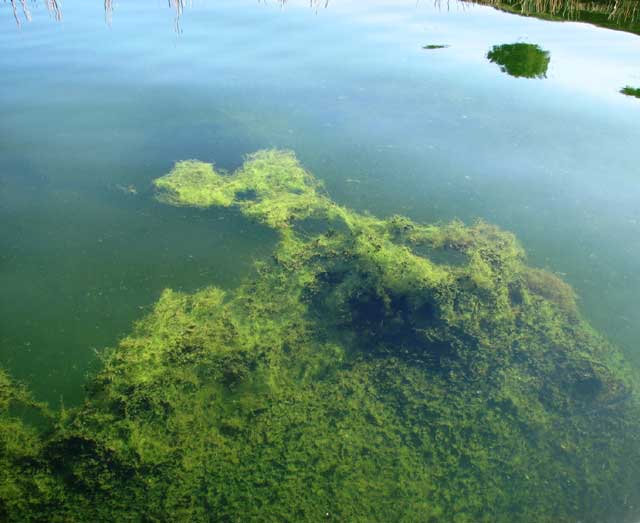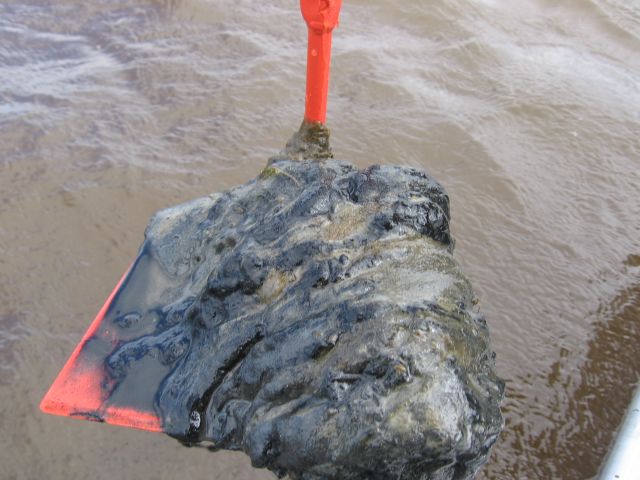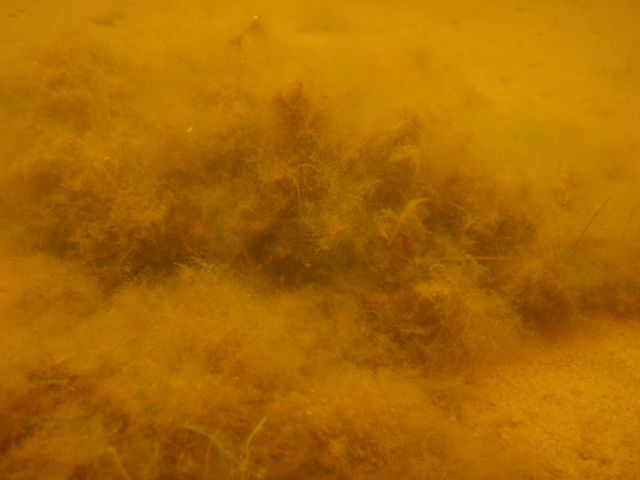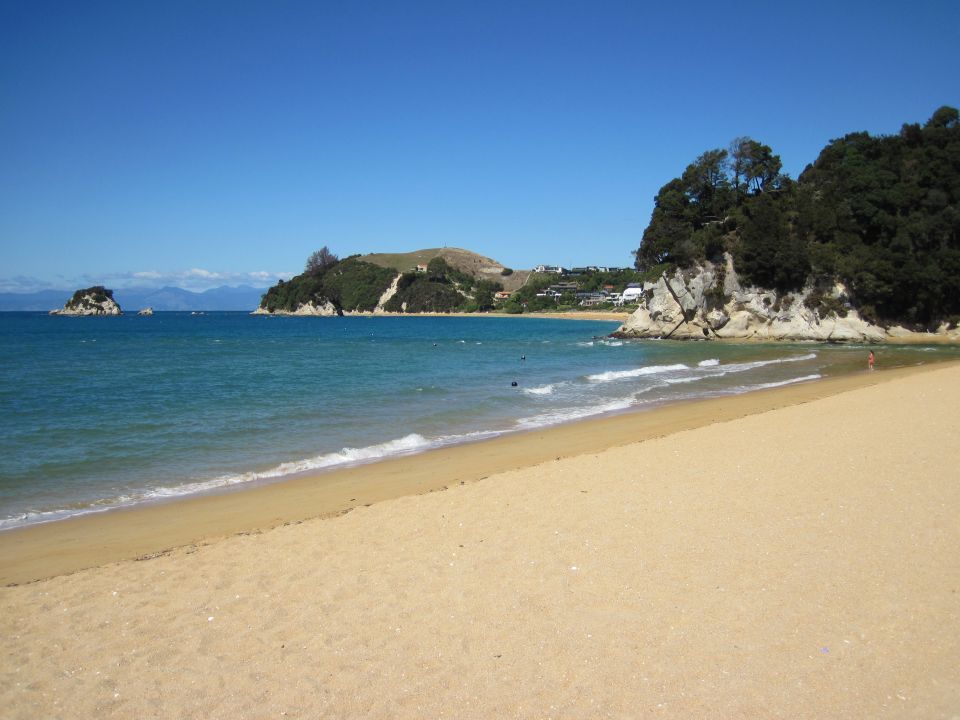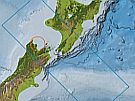Tipping points are a rapid and unexpected shift that happens when an ecosystem fails to cope with increasing change. The ecosystem ‘tips’ from one state to another, where it functions in a totally different way. The new state usually has less biodiversity and is less productive than the ecosystem it replaces.
Major natural events such as earthquakes or volcanic eruptions can cause tipping points. People can also cause tipping points. An example would be an oil spill which transforms the marine ecosystem. In both these cases although the driving event may have been unexpected (and rare) the impact on the ecosystem is not.
More important are the tipping points that occur when small shifts in human pressures or environmental conditions bring about large, abrupt changes in a system that cannot be related to a causative factor as these are difficult to predict and manage for.
For example, ‘eutrophication’ could cause a lagoon to flip from a healthy water body with abundant fish, sea grass and high water quality; to a murky water body, with lots of algal growth, few fish and low water quality without an obvious increase in nutrient input.
Eutrophication happens when a water body receives too many nutrients; usually from fertilizers from land farming or sewage being discharged. The extra nutrients lead to excessive phytoplankton growth. When these large numbers of organisms have exhausted the nutrients they die, and are decomposed by bacteria that use oxygen. This leads to a drop in oxygen levels, which other organisms such as fish rely on.
Once an ecosystem ‘tips’ it can be very difficult or impossible to reverse.
Why don’t we avoid tipping points?
The problem is that often our ecosystems are not easy to understand and are affected by many different things. To try and stop tipping points we need to think about and investigate all the factors that could influence an ecosystem, which is a big job.
Coastal ecosystems are a dynamic environment where land meets sea. These ecosystems are always changing with the tides, weather and seasons, and human activities can add to these natural stressors. Coastal ecosystems are at risk because they are used by many different people, organisations and industries. Activities on land, sometimes far from the coast, can cause changes to estuaries and the ocean.
To understand how marine ecosystems could reach tipping points we need to understand the small changes that are already happening and the warning signs that the ecosystem is not coping with these changes.
Research suggests that before an ecosystem reaches a tipping point, it goes from a stable state to a state of change. If this is proven correct, then when we look at our lagoon example, we would see fluctuations in an indicator such as water quality. Monitoring (if conducted frequently enough) would show fluctuations in water quality as the ecosystem tries to adapt to change. If the changes continue the lagoon would reach the point where it can no longer cope and reach its tipping point where it changes permanently.
Scientists can show this on a graph of water quality over time.
Tipping points are hard to predict and are often a surprise. But if ecosystems are monitored adequately then scientists may pick up on warning signs which could help prevent a tipping point from happening. A difficulty is that different ecosystems will have different indicators, and we don’t yet know what the best indicators are for different types of marine ecosystem.
More and more examples of tipping points in ecosystems around the world are raising concern among scientists and governments. In the oceans, diverse ecosystems ranging from reefs to estuaries to open ocean systems have undergone sudden, dramatic shifts.
These shifts affect ocean food webs, habitats and ecosystem functions, with direct impacts on people’s livelihoods and well-being.
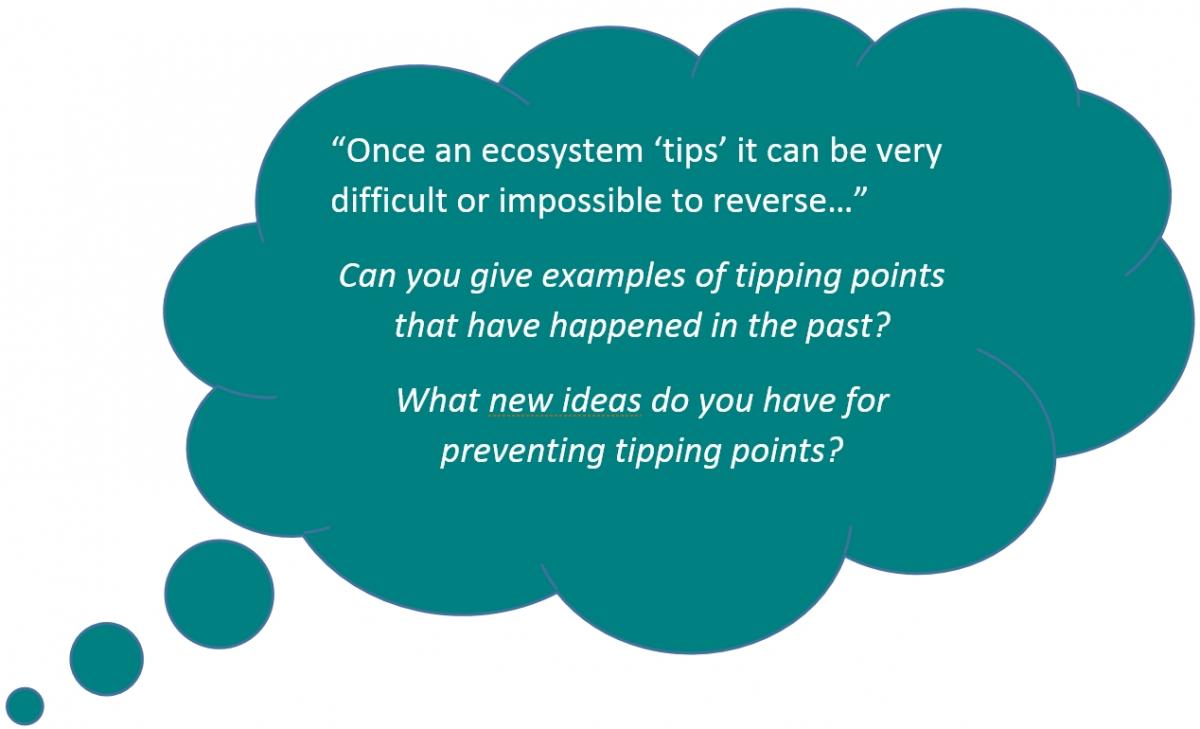
National experiment
Tipping points have happened and can happen in New Zealand waters. The Sustainable Seas National Science Challenge is doing New Zealand’s first nation-wide marine experiment in estuaries, harbours and rocky reefs. This experiment is investigating marine tipping points, and identifying risks and how coastal ecosystems respond to change.
The researchers are studying nutrient and sediment runoff, as they are two of the biggest impacts on our coasts. 22 sites in estuaries and harbours across Aotearoa have been selected with different levels of sedimentation. The team has buried slow release fertiliser at each site to mimic increasing levels of nutrient run off from the land entering the estuary or harbour. The sites are being monitored for 1–2 years to investigate the effect on the numbers of worms and shellfish and how the sediments get rid of these excess nutrients.
Worms and shellfish affect estuary health. More worms and shellfish mean there are more microbes in the sediment to process nutrients.
This is just one of 39 Sustainable Seas projects.

